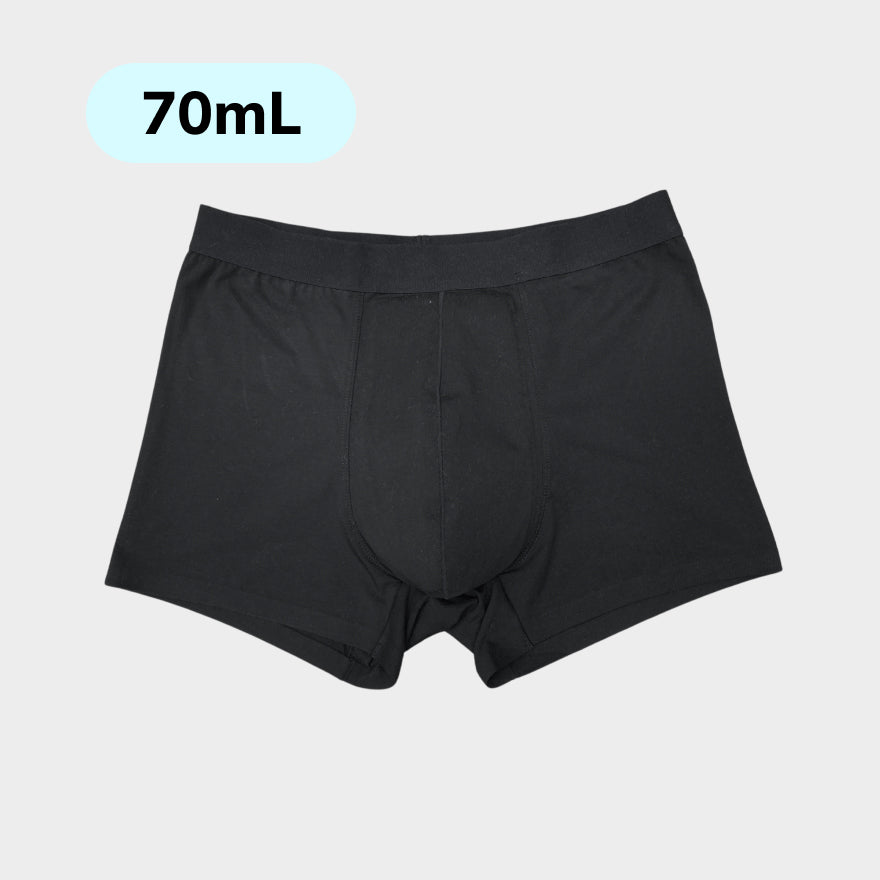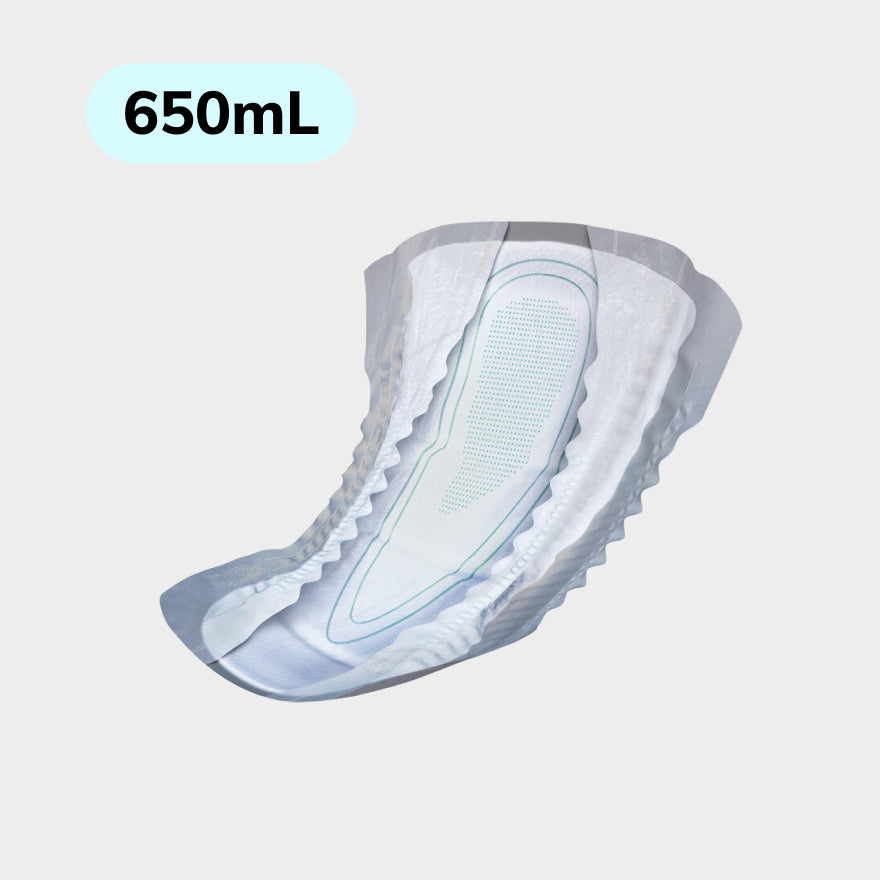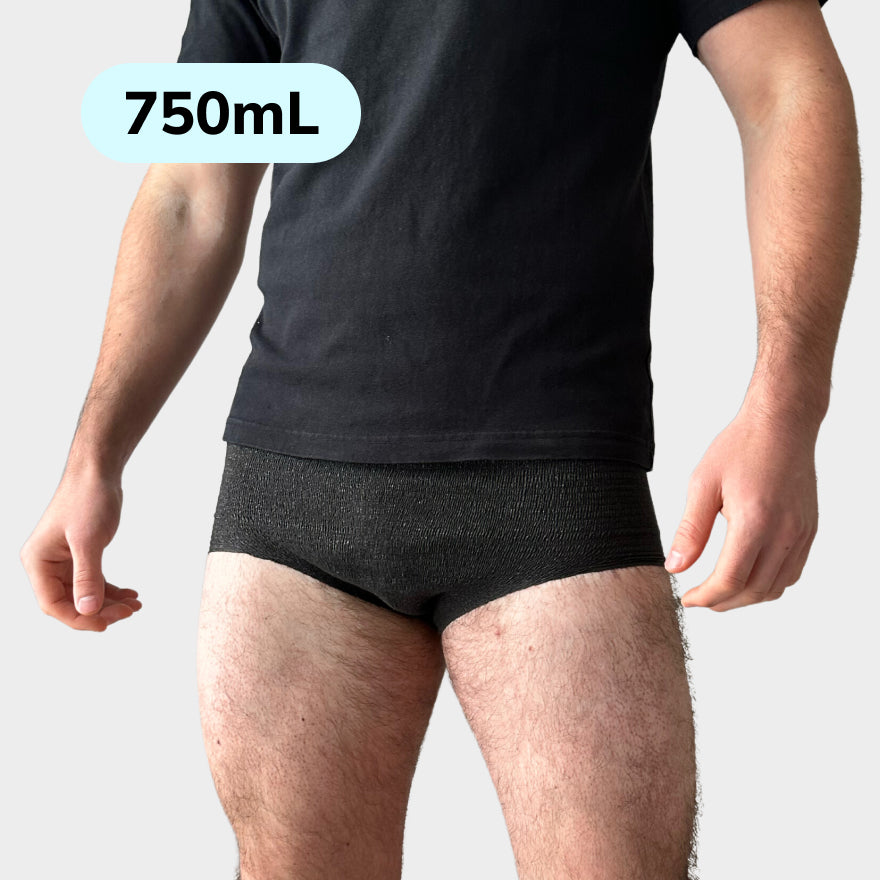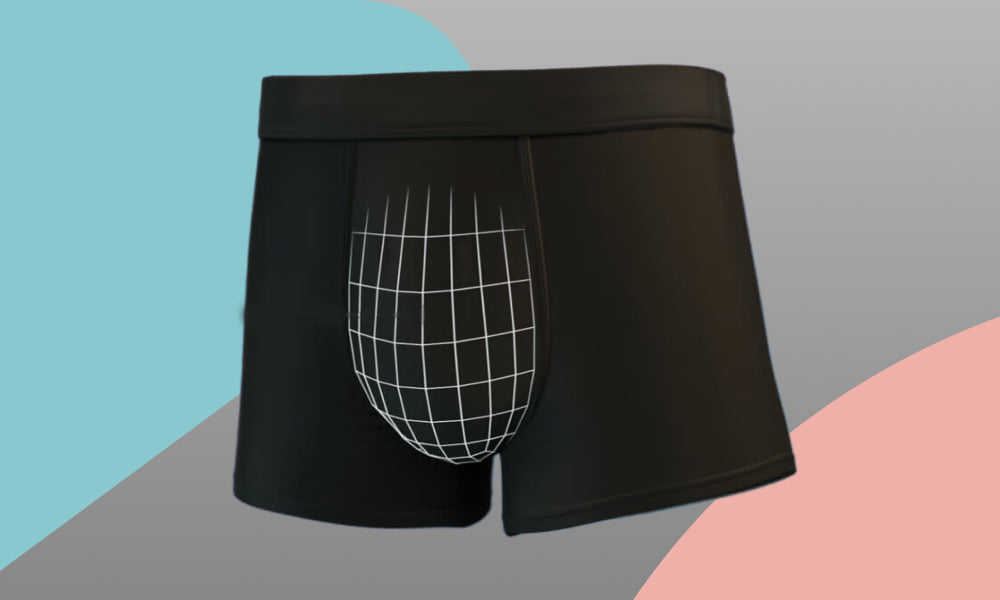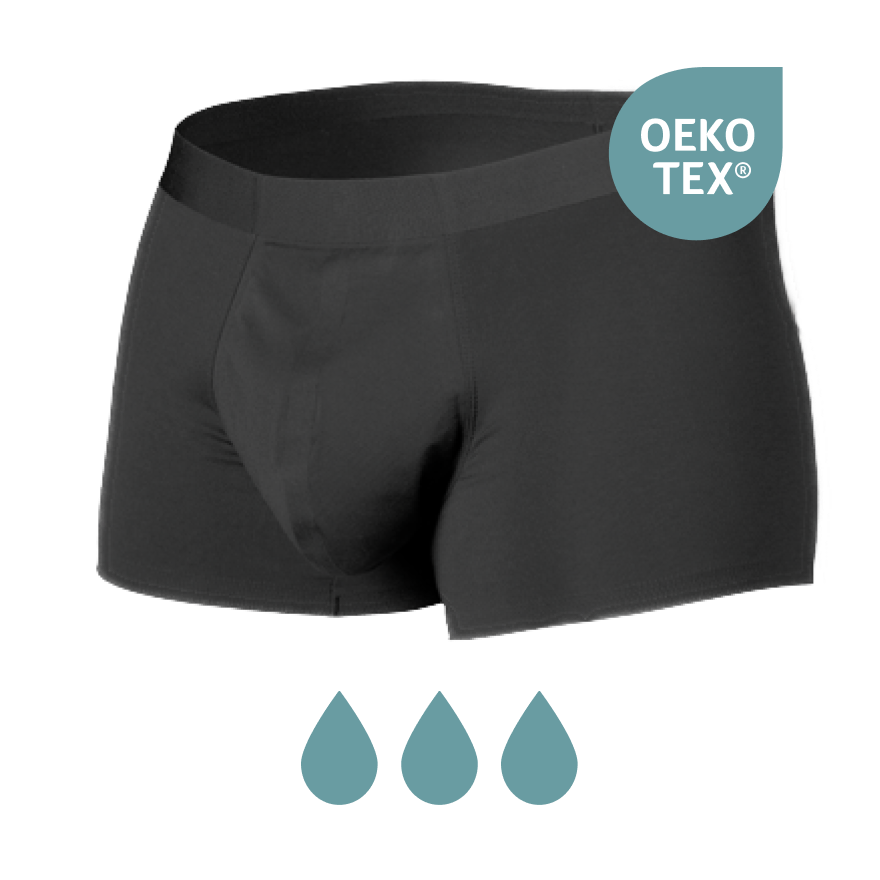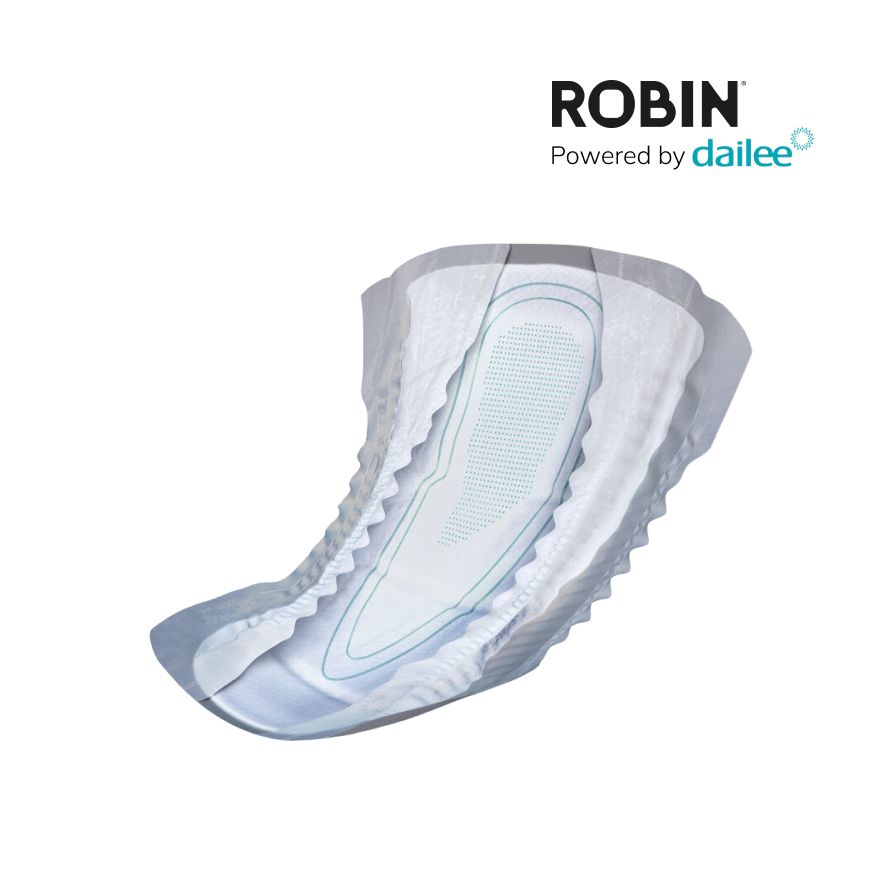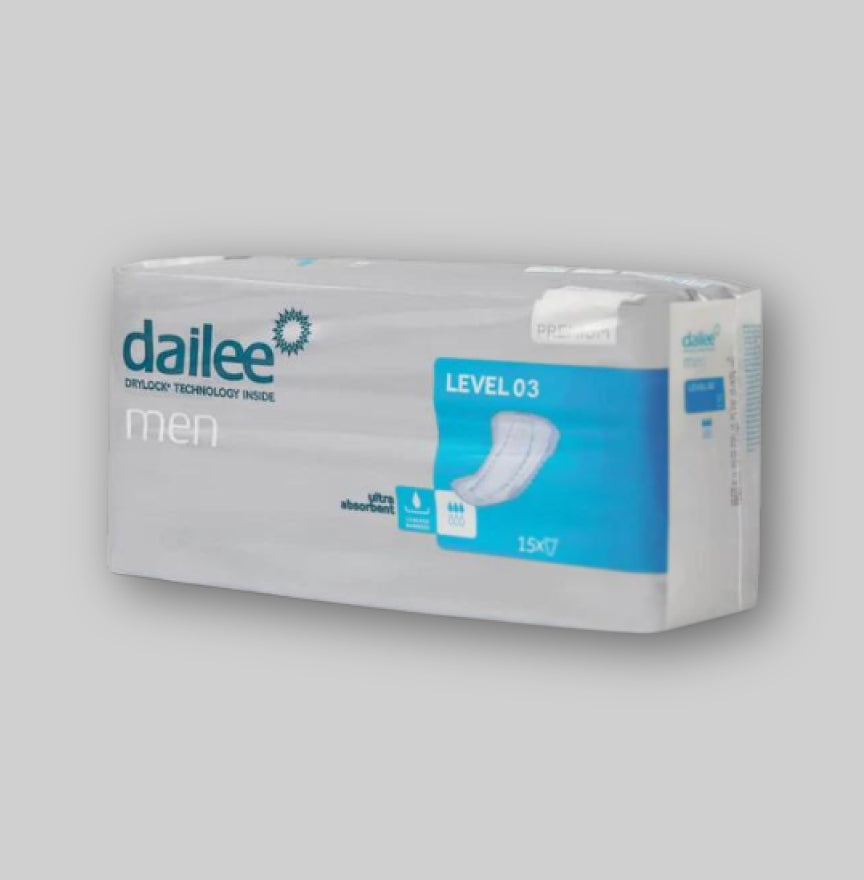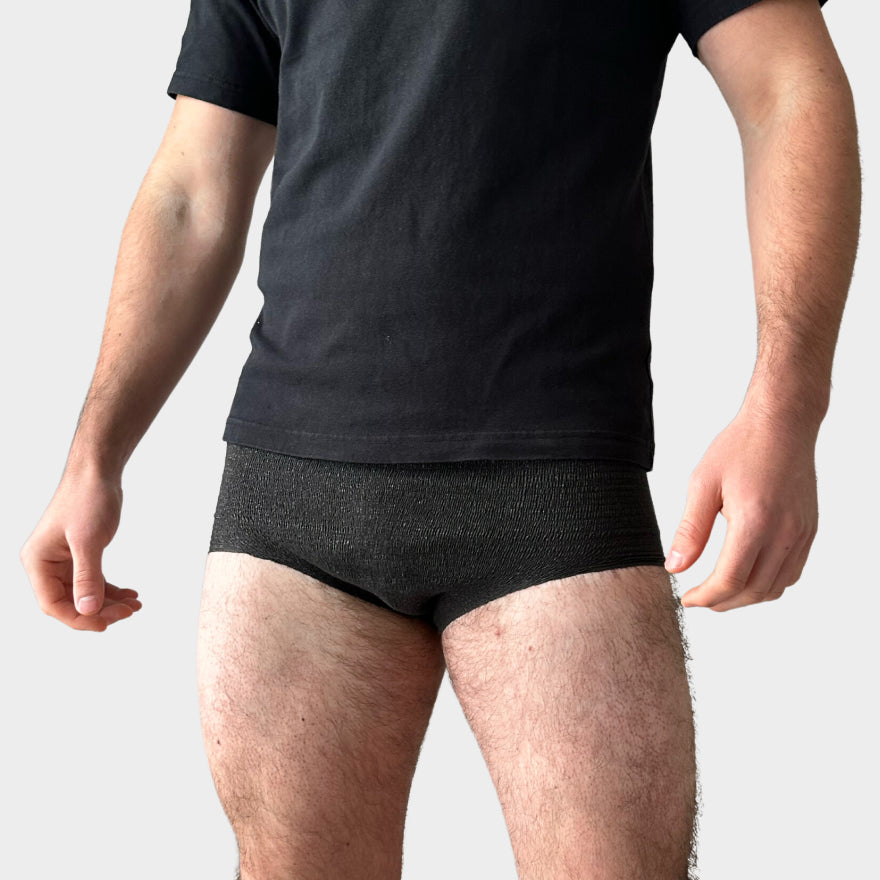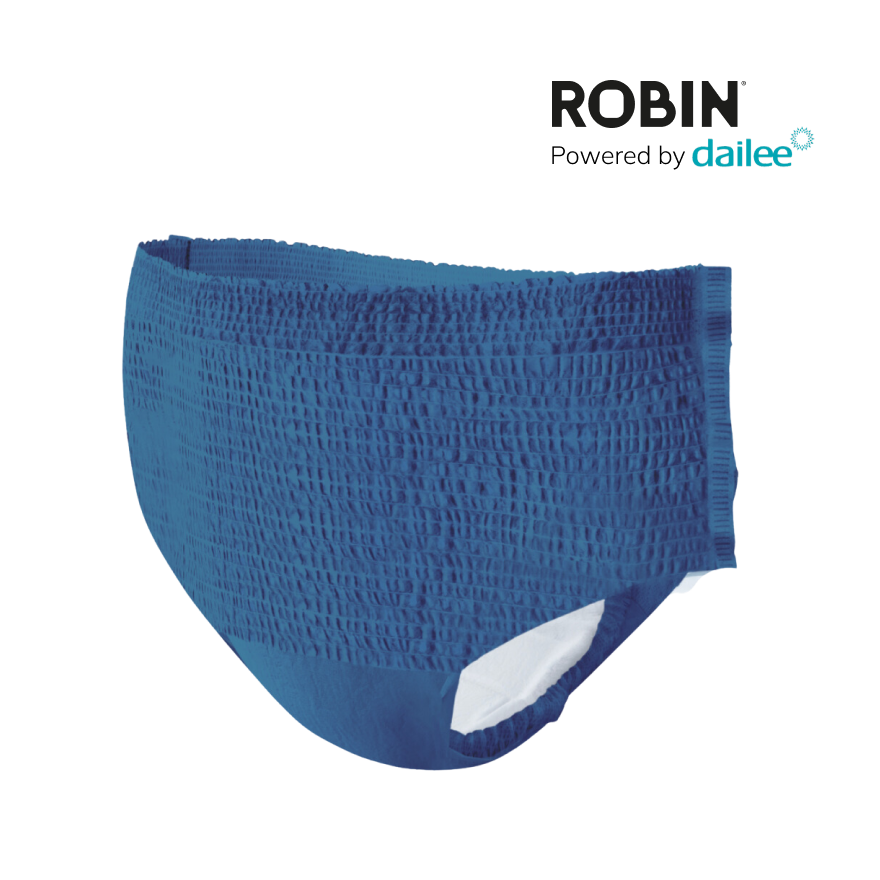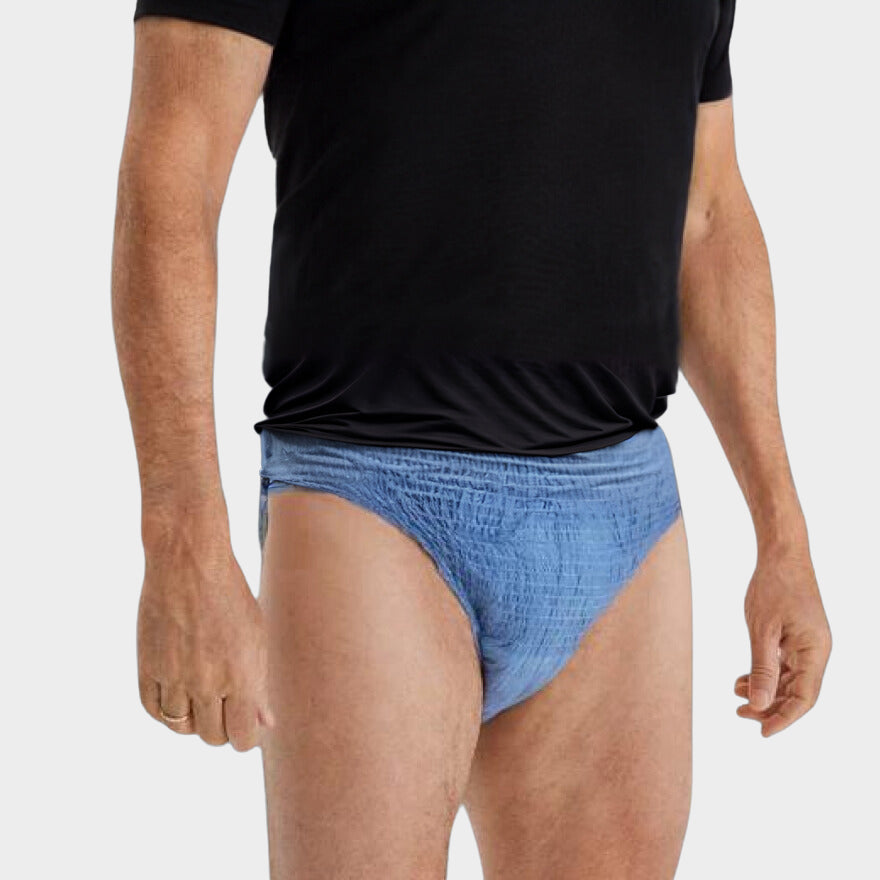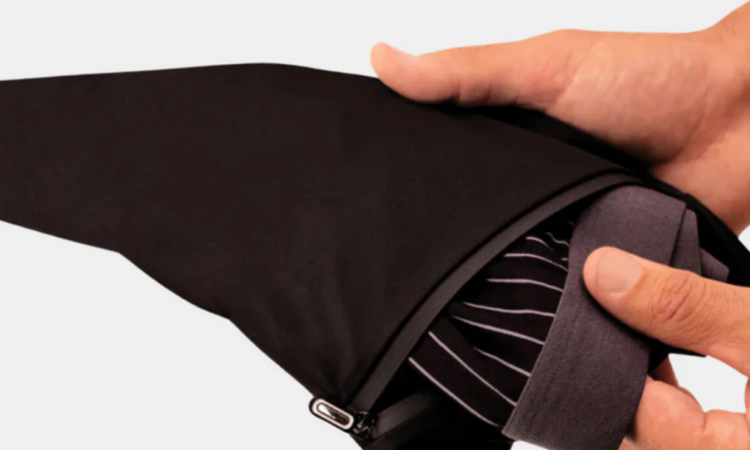In our modern era, the health of our body is becoming increasingly important. A subject that is often overlooked, but is vital to many, is incontinence. Incontinence can be a challenging condition that influences the daily lives of people, but luckily there is hope and support available. In this article we will elaborate on what incontinence is, the different types, causes, treatments and how you can deal with this condition.
What is incontinence?
Incontinence Is it inability to keep urine or stools, which leads to unwanted urine loss or faecal leakage. This can vary from light leakage to full loss of control over the bladder or intestines. It is important to note that incontinence is not a disease in itself, but rather a symptom of an underlying condition.
Types of incontinence
There are different types of incontinence, each with their own characteristics and causes. The most important types are:
1. Stress incontinence
Stress incontinence occurs when pressure is exerted on the bladder by, for example, coughing, sneezing, laughing or lifting, which leads to unwanted urine loss.
2. Process incontinence
Incontinence, also called overactive bladder, is the sudden and uncontrollable desire to pee, often resulting in urine loss before the toilet is reached.
3. Overflow incontinence
Overflow incontinence occurs when the bladder cannot completely empty, so that there is constant loss of urine.
4. Functional incontinence
Functional incontinence Is it inability to go to the toilet on time due to physical or mental disabilities, such as dementia, mobility problems or mental disabilities.
5. Mixed incontinence
Mixed incontinence is a combination of different types of incontinence, such as stress and urge incontinence.
Causes of incontinence
Incontinence can be caused by various factors, including:
-
Weakened pelvic floor muscles: Due to pregnancy, birth, heavy lifting or aging, the muscles that support the bladder can weaken, leading to loss of urine.
-
Neurological disorders: Disorders such as strokes, multiple sclerosis (MS) or Parkinson's can affect the nerves that regulate the bladder and sphincter muscles, creating incontinence.
-
Medications: Some medicines, such as diuretics, can increase the frequency of urination, which can lead to incontinence.
Treatments for incontinence
Fortunately, there are various treatments available to manage incontinence and improve the quality of life:
1. Pelvic floor therapy
Pelvic floor therapy includes exercises to strengthen the pelvic floor muscles and to improve control of the bladder.
2. Medication
Medication Can be prescribed to regulate bladder function and reduce urine loss.
3. Surgery
In serious cases surgery are considered to tackle the cause of incontinence, such as repairing weakened pelvic floor muscles or placing an artificial sphincter.
4. Tools
Incontinence products, such as absorbent pads or diapers, can help control urine loss and the preservation of dignity.
Dealing with incontinence
In addition to medical treatments, there are also various tips and strategies that can help in dealing with incontinence:
-
Healthy lifestyle: Maintaining a healthy weight, regular exercise and avoiding caffeine and alcohol can reduce the symptoms of incontinence.
-
Bladder training: Training the bladder to maintain urine longer can help to reduce frequency and urgency of urinating.
-
Use of tools: Wearing incontinence products can increase self -confidence and help control leakage.
Conclusion
Incontinence is a common problem that can have a major influence on people's lives, but there are various treatments and strategies available to manage the symptoms and improve the quality of life. By following the right approach and gaining professional advice, people with incontinence can lead an active and fulfilled life.
